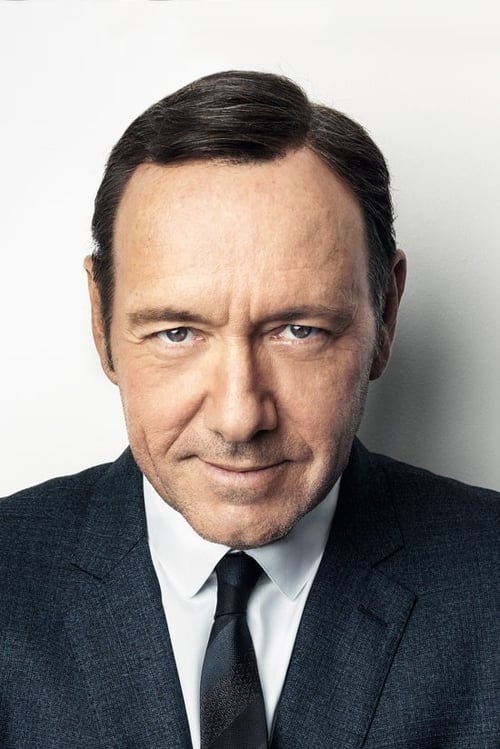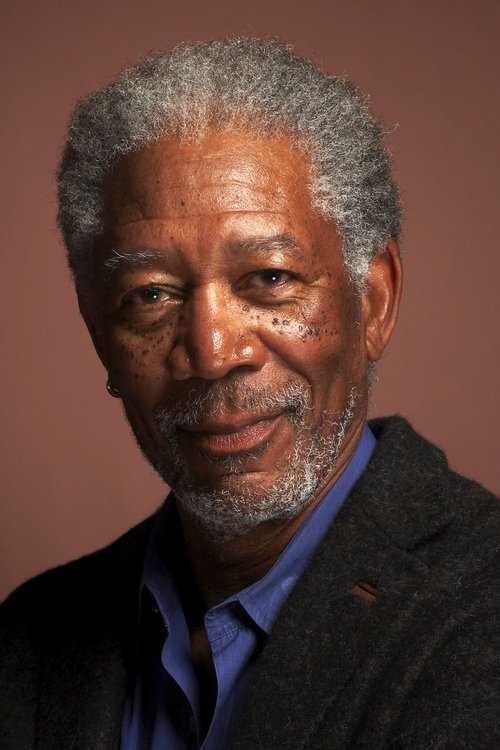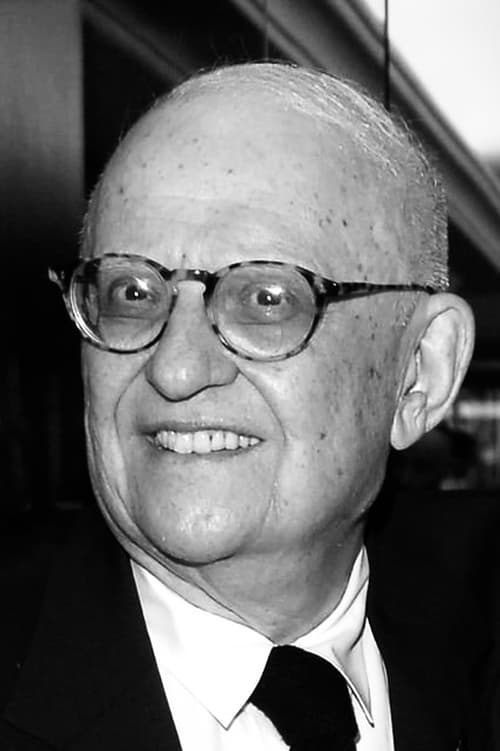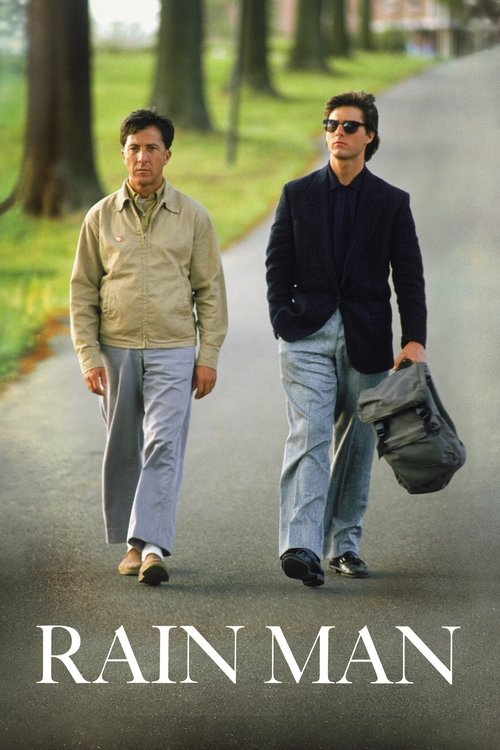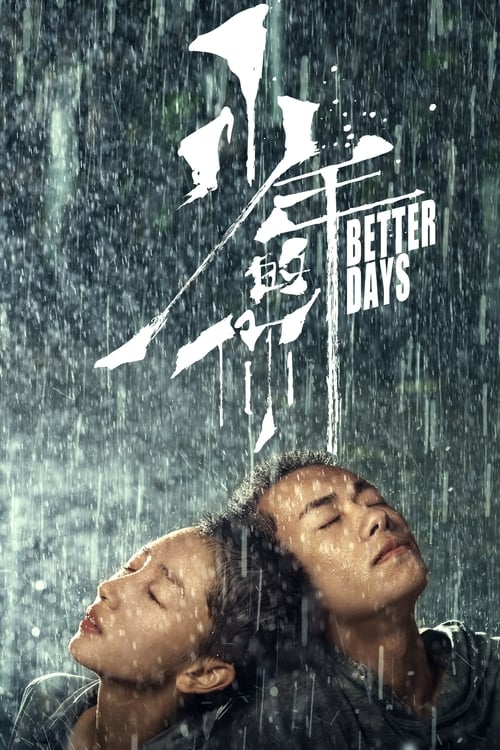
Se7en
Two homicide detectives are on a desperate hunt for a serial killer whose crimes are based on the 'seven deadly sins' in this dark and haunting film that takes viewers from the tortured remains of one victim to the next. The seasoned Det. Sommerset researches each sin in an effort to get inside the killer's mind, while his novice partner, Mills, scoffs at his efforts to unravel the case.
Dialogues from Movie Se7en
Quotes from Movie Se7en
Sound Tracks from Se7en by Howard Shore
Closer
Closer by Nine Inch Nails, Used during the opening credits and key scenes throughout the film
The Mark Has Been Made
The Mark Has Been Made by Nine Inch Nails, Played during intense moments in the film
Memories
Memories by The Dust Brothers, Featured in various scenes, enhancing the film's dark atmosphere
Download App
Memorable Scenes from Movie Se7en
The Discovery of the First Victim
Detectives Mills and Somerset arrive at a crime scene to find the first victim, gluttony, displayed grotesquely. The camera pans to reveal the horrifying sight, impacting both detectives profoundly. Their reactions set the tone for the darkness of their investigation. This harrowing moment plunges them into a series of murders that represent the seven deadly sins, raising the stakes of their pursuit.
Context: This moment introduces the audience to the chilling nature of the killer's motives and showcases the stark contrast between Mills' youthful optimism and Somerset's weary realism.
The Sloth Murder
Upon discovering the body of the sloth victim, Somerset is overwhelmed by the gruesomeness of the crime, illustrating the killer's twisted sense of punishment. The stark visuals of a wasted life haunt the detectives and the audience, capturing the horror of whats to come.
Context: The victims state serves to highlight the killers methodical nature and the slow deterioration of the victim over time, reflecting the lethargy of sloth as a sin.
The First Encounter with John Doe
The tense moment where the detectives meet John Doe unexpectedly at the police station is electric. Doe's calm demeanor and chilling confidence contrast sharply with the chaos surrounding him. He taunts Mills, leaving him enraged and desperate.
Context: This encounter marks a turning point, showcasing Doe's psychological games and setting the stage for a disturbing cat-and-mouse chase.
The Revelation of the Wife's Fate
When Mills discovers that John Doe kidnapped his wife, its a crushing blow. The weight of the emotional turmoil is palpable. Mills panic and fear are mirrored through the intense visuals and swift edits, pulling viewers into his despair.
Context: This moment personalizes the stakes for Mills, connecting his motivations to the larger themes of love, loss, and the cost of obsession in the face of evil.
The Head in the Box
In perhaps the most famous moment, Mills opens the box to find his wife's head inside. The reaction is visceralMills breaks down, his fury and despair explode in the quiet room. Its a brutal culmination of the film's tension, visually shocking and emotionally devastating.
Context: This reveal not only serves as a climax for Mills' narrative arc but encapsulates the overall horror and impact of the sins that have unfolded throughout the film.
Somersets Monologue on Evil
Somerset reflects on the nature of evil in a haunting monologue. His deep contemplation is backed by a somber score as he articulates the disillusionment that festers within him regarding humanity.
Context: This moment deepens the film's exploration of morality, providing insight into Somerset's character and his struggle with the weight of the worlds darkness.
Mills Breakdown
After the devastating discovery, Mills screams in frustration and heartbreak. His emotional breakdown captures the audience, showcasing the overwhelming grief and rage of a man who has lost everything.
Context: This scene serves as a harsh reminder of personal loss and the tragic consequences of the killer's manipulations.
The Chase Through the Rain
A tension-filled atmosphere as Mills chases after John Doe through the rain-soaked streets. The gritty visuals and pounding soundtrack amplify the urgency of the moment, culminating in a feeling of desperation that envelops the viewer.
Context: This chase symbolizes Mills' frantic attempt to regain control in a chaotic world, reinforcing the storys themes of pursuit and failure.
The Final Offer
In the final moments, Mills points a gun at John Doe after being pushed to the brink. The dialogue exchanged is loaded with emotional weight, as Mills wrestles with justice versus revenge.
Context: This confrontation reflects the climactic clash between the ideals of justice and the corrosive nature of vengeance, encapsulating the film's moral complexity.
The Symbol of the Seven
Throughout the film, the symbols of the seven deadly sins are visually represented. Each one is paired with elaborate death scenes reflecting the victims' sins, creating a haunting narrative thread that binds the story together.
Context: These symbols serve as a reminder of humanity's flaws, providing depth to the story's exploration of morality and sin.
Somersets Farewell
In his final moments, Somerset prepares to leave the city. The weight of his experiences is captured in a poignant scene where he reflects on the universe's indifference, embodying the despair of having seen too much.
Context: This farewell signifies Somerset's resignation, highlighting his disillusionment and the enduring battle between hope and despair.
The Rain-soaked Ending
The film concludes with a haunting shot of rain falling as Somerset walks away from the crime scene, symbolizing cleansing yet also sadness. This visual of fleeting hope amid dark outcomes leaves a lasting impression.
Context: The ending resonates with themes of existential dread and the cyclical nature of life, encapsulating the film's atmosphere.
The Filthy Environment
The film regularly shows a dirty and decaying city, mirroring the moral decay of the characters. The claustrophobic shots create a disturbing atmosphere that amplifies the tension and foreboding feeling throughout.
Context: Setting plays a crucial role, reflecting the internal struggles of the detectives and the pervasive evil they confront.
Investigating Does Apartment
As they search John Does apartment, the detectives uncover a horrifying collection of materials related to the murders. The meticulous nature of Doe's preparations reveals his delusions of grandeur.
Context: This moment serves as a chilling look into the mind of the killer, emphasizing the lengths he goes to justify his actions.
The Connection to the Sins
Throughout their investigations, Mills and Somerset begin to connect the nature of each murder to its corresponding sin, building tension as they race against time to prevent more deaths.
Context: Each connection deepens the mystery, showcasing the detectives' gradual unraveling of the case and revealing the mastermind's cunning.
Mills Pride
Mills' final confrontation with pride is a culmination of his character arc. His hot-headedness leads to tragic consequences, showcasing his struggle against his own inner flaws.
Context: This moment illustrates the personal battles each character faces, making the ultimate outcome even more impactful.
The Dilemma of Justice
The philosophical debates between Mills and Somerset regarding justice, morality, and duty highlight the film's exploration of these themes, adding depth to their characters.
Context: These discussions serve as emotional anchors throughout the film, illustrating the complexity of human nature and the choices we make.
Does Confession
John Doe reveals the reasoning behind his twisted plan. His calm explanation of why he committed each murder is chilling, drawing viewers into the warped psyche of the antagonist.
Context: This confession is vital as it unmasks Doe's motivations and solidifies him as a character, making the audience grapple with the horror of his ideology.
The Impact of Guilt
As Somerset interviews witnesses of the killings, their remorse and guilt are palpable, illustrating the far-reaching consequences of John Doe's actions on innocent lives.
Context: This scene emphasizes the moral ambiguity of the world portrayed in the film, as even the witnesses are left shaken by the events.
Does Encounter with the Police
When John Doe surrenders to the police, his confident demeanor juxtaposed with the anxious tension of the officers is striking. Its a moment of unexpected chaos that reframes the power dynamics of the story.
Context: This unexpected twist showcases Doe's psychological control, leaving viewers intrigued and unnerved.
The Revelation in the Library
The detectives discover crucial information in a library, piecing together the overarching picture of John Doe's plan. The visuals of clippings and books evoke an eerie sense of dread.
Context: This pivotal moment serves as a turning point that leads them closer to understanding Doe's motivations, building suspense.
The Importance of Each Sin
The moments before each murder highlight the significance of the corresponding sin depicted, capturing the audience's attention and reinforcing the killer's moral justification.
Context: This layered storytelling enhances the narrative, immersing the viewer deeper into the thematic elements of the film.
The Strain on Their Partnership
As tensions rise between Mills and Somerset, their arguments reflect the strain of their partnership, showcasing the battle between idealism and cynicism.
Context: These moments provide insight into the characters' philosophies, deepening the emotional stakes of the investigation.
Download App



